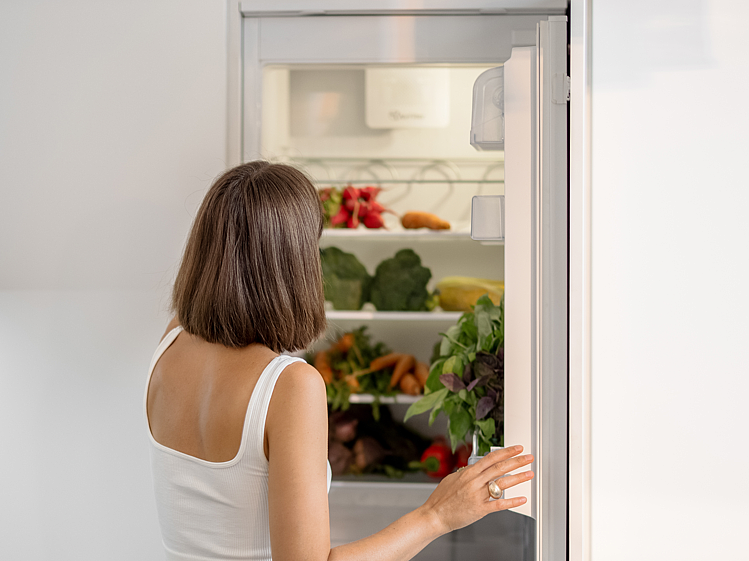We have all heard of the idea that weight loss is 70% food and 30% exercise. With this is mind, it’s crucial we get the nutrition side of things right.
For most people the food decision making process starts are the point of getting hungry and making an on-the-spot decision on what is the healthiest choice to eat.
But what if I told you, great consistent eating habits (that align with your goals) starts long before this. In fact, it typically starts at your weekly grocery shop.
To get you thinking about how set up for success you are with your nutrition, we’ve put together a few questions to prompt you. Take the time to review on your own process and reflect on where you could be making some improvements.
- Do you do one weekly shop for your own food or do you buy good multiple times through the week, as you need it?
- Do you prepare or plan meals for yourself for the week ahead?
- Do you avoid cooking and/or food preparation and find yourself purchasing take away through the week?
- Do you have a tool to measure if you food has been aligned with your goals? Or do you label it based off your feelings?
If a few or all of these questions haven’t started to paint a picture for you already, I’m suggesting poor food choices begin with a lack of preparation and planning, leaving you to make poor spare of the moment decisions. To which, these are more likely to be poor once based on convenience and not on the goals you want to achieve.
Similarly, to a budget - If you’re on a tight budget, what is the first thing you look at when buying an item? The price. You’re weighing up how it’s going to affect your goal vs how much you want this item. This process makes it really easy to make an informed decision (if it’s worth it or not).
Now compare this to a last-minute food choice, which is unplanned or prepared, you really have no metrics to gauge how much it will affect your goal and the cost you’re actually paying to eat that food, it’s all based off feelings of convenience and guilt. This a quick way to ruin your relationship with food and weight loss.
Using this example, we can pretty clearly see how eating healthy starts with a plan and preparation. Often times people mistake poor food choices as a lack of discipline where in reality its often a lack of preparation and planning which has put them in a tough position, where it’s easy to make poor choices.
If you’re looking to make improvements with your food, try adding some of these top tips.
- Pre plan your food for the week.
- Prepare meals to avoid purchasing take away food.
- Try to aim to do one weekly shop to ensure you have plenty of good choices during the week. It’s hard to make great choices when the food isn’t available.
- Remove poor food choices that don’t align with your goal from your environment.
- Measure your food intake whether it be food tracking or weighing your food with kitchen scales.
The idea being, this will help you quantify your nutrition and how it helps you in achieving your goals, instead of going off your feelings or opinions on foods that may not be correct.

